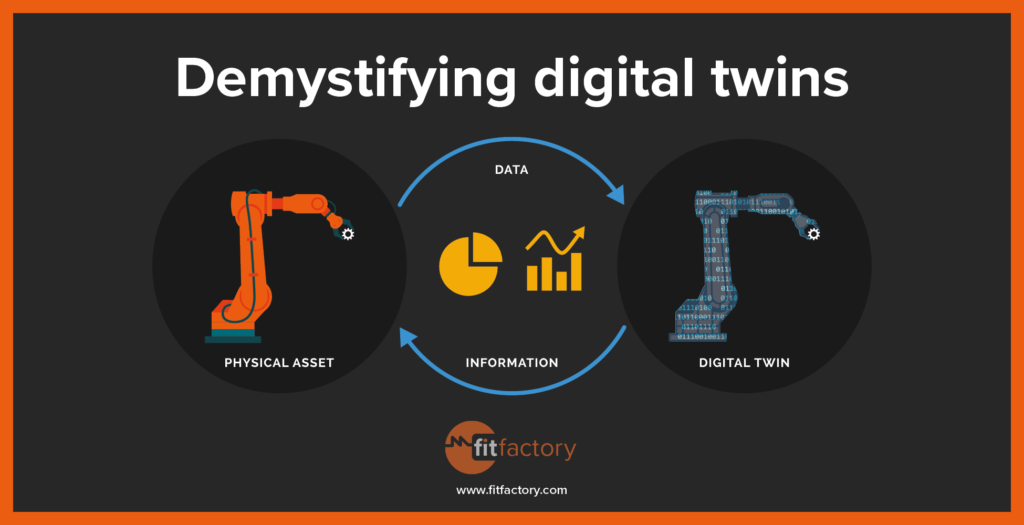Your Virtual Doppelganger: Demystifying The World Of Digital Twins

In the realm of modern technology, the concept of digital twins has emerged as a transformative force, offering businesses and organizations unparalleled insights and capabilities. A digital twin is a virtual representation of a physical asset, process, or system, enabled by advanced sensors and data analysis techniques. This digital counterpart mirrors the real-world entity in real-time, providing a comprehensive and dynamic view of its performance, condition, and behavior.

Benefits of Digital Twins

Digital twins offer a wide range of benefits, including:
- Predictive maintenance: By analyzing data from sensors embedded in the physical asset, digital twins can identify potential issues and predict maintenance needs proactively, reducing unplanned downtime and extending equipment lifespan.
- Performance optimization: Digital twins enable engineers to analyze the performance of assets under different operating conditions, identifying areas for improvement and fine-tuning parameters to maximize efficiency.
- Remote monitoring: Digital twins provide remote access to real-time data, allowing operators to monitor assets remotely and respond quickly to any changes or anomalies.
- Training and simulation: Digital twins can be used for training purposes, simulating different scenarios and providing a risk-free environment for operators to practice and develop skills.
- Collaboration and decision-making: Digital twins foster collaboration between different teams and stakeholders, enabling them to share insights and make informed decisions based on up-to-date data.
Applications of Digital Twins
Digital twins have found applications in various industries, including:
- Manufacturing: Optimizing production processes, predicting maintenance needs, and improving supply chain efficiency.
- Energy and utilities: Managing energy consumption, optimizing grid operations, and predicting equipment failures.
- Transportation: Enhancing vehicle safety, improving traffic flow, and optimizing shipping logistics.
- Healthcare: Monitoring patient health, predicting disease progression, and optimizing treatment plans.
- Smart cities: Improving urban planning, optimizing infrastructure management, and enhancing public safety.
Challenges and Considerations
Despite their transformative potential, digital twins also present some challenges, such as:
- Data accuracy: Ensuring the accuracy and reliability of data collected from sensors is crucial to the effectiveness of digital twins.
- Security vulnerabilities: Digital twins can be vulnerable to cyberattacks, so robust security measures must be implemented to protect sensitive data.
- Data overload: Managing and processing vast amounts of data generated by digital twins can be challenging, requiring efficient data management and analytics capabilities.
Conclusion
Digital twins are revolutionizing the way businesses and organizations operate, providing invaluable insights and enabling data-driven decision-making. Their ability to create virtual replicas of physical assets and processes empowers organizations to optimize performance, predict failures, and innovate in a rapidly evolving technological landscape. As technology continues to advance, digital twins will undoubtedly become even more sophisticated and integrated into our daily lives, shaping the future of industries and transforming the way we interact with the world around us.
